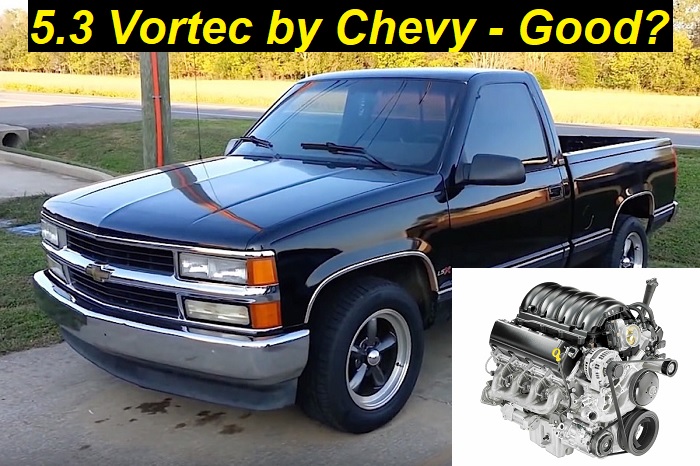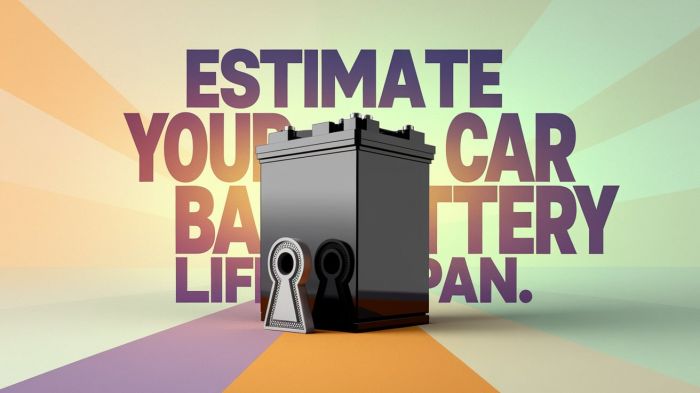General Motors has always produced wonderful engines. A lot of units by this company are legendary and are now used for tuning and project cars. One of the great series of GM engines is the LS series. LS is kind of a colloquial name for the series of engines that are V8 (8-cylinder) gasoline units.
You may have heard something about so-called "Small-Block engines". This is exactly what we are going to talk about. But we'll be looking mostly at the third and fourth generations of these engines called the LS-series. And our attention will be focused on one engine of the series - the 5.3 LS Vortec 5300. Do you want to know more about the legendary Small-Block beast?

Key features and my opinion about the engine
- Production years:1999-2007
- Average lifespan of Vortec 5300:350,000-380,000 miles
- Fuel supply type:port injection
- Power range:270-300 hp
- Fuel efficiency:awful
- Engine block material:cast-iron (rare versions with aluminum)
- Engine reliability score:high
- The most common problems:cooling system problems with fatal consequences, weak fuel pump, weak ignition coils.
What do you need to know about the 5.3 LS by GM?
Today, we'll be speaking about the Vortec 5300 engine that is made for trucks. General Motors also used the engine in other commercial and heavy-duty vehicles, vans, etc. It was one of the most popular LS engines and also one of the best ones according to customer reviews and expert opinions.
GM just made a longer stroke and basically, the Vortec 5300 is identical to the Vortec 4800. Three main versions are known: LM7, L59, and LM4 (L33).
Here's how they differ:
- LM7 is the main version of the 5.3 LS engine. It was introduced in 1999 and was manufactured up until 2007. The majority of all 5.3 LS engines are LM7.
- L59 is basically a Flex-Fuel version of the previous modification. It has a little different fuel injection and combustion systems but all constructions are the same.
- LM4 (and also L33) is a rare version of the 5.3 LS engine offering the aluminum block. It was only produced between 2002 and 2007 and it's hard to find these engines under the hoods of GM trucks.
The modifications are quite similar to each other in terms of technologies. But it's really worth mentioning the LM7 modification only as it's the basic engine that is always associated with the 5.3 LS unit.
Here are some specs you will want to know:
- an engine is a V8 unit with 8 cylinders, cast iron or aluminum block, 2 valves per cylinder;
- the power range is from 270 to 295 horsepower - not very much, but power is not the main feature;
- torque range is from 315 to 335 lb-ft which is not bad at all considering it's a gasoline engine;
- simple fuel injection is really long-lasting and it doesn't cause any problems at all;
- absolutely simple construction basically doesn't have any weak links (at least, it seems so if you look at the engine).
If you love modern technologies, this simple and reliable engine is not for you. Nothing modern can be found in an engine that has only 2 valves per cylinder. But if you want to drive your vehicle for ages and experience no problems with it at all, this is a good choice for you.
The 5.3 LS engine is considered to be a Chevrolet unit. But it's not entirely correct to say that. This is a General Motors engine that was used in different brands and models. We don't know how many units were made but we know for sure that this engine has a wonderful reputation as a reliable and unbreakable unit.
Where can you find the 5.3 LS? Application
General Motors used this engine for trucks only at first. But then they understood that a reliable and durable unit should be used in different vehicles. So, they started applying the Vortec 5300 in many different projects.
Here are the main vehicles with this engine under their hoods:
- Chevy Avalanche;
- Chevy Silverado;
- Chevy Express;
- Chevy Tahoe;
- Chevy Suburban;
- Chevy Trailblazer EXT;
- Chevy SSR;
- Cadillac Escalade;
- GMC Savana;
- GMC Sierra 1500;
- GMC Yukon;
- GMC Yukon XL;
- GMC Envoy XL;
- GMC Envoy XUV;
- Isuzu Ascender;
- Buick Rainer.
The model range is really huge. Of course, these models also offered other GM engines as options, but the Vortec 5300 was one of the main types. Also, we can say that this engine was extremely popular and many buyers only wanted to get the Chevy or any other car with this unit inside. Why? Let's look at the main advantages and disadvantages of the 5.3 LS engine!
What's good in the Chevy 5.3 LS?
We've tried to find out what are the main advantages and the main good features of the Chevrolet LS engine with 5.3-liter displacement. And it wasn't that easy - we had to spend some time to just sort out the advantages because there are many of them, but a lot of them are just obvious.
Here's the short list of the pros of this engine that we think are the most important:
- Strength and durability. It's made to last and General Motors tried hard to make it much better than any counterpart on the market.
- Big displacement and relatively low power. It's a big advantage because the engine block will easily withstand any loads and the piston rings will not break too fast.
- Aftermarket parts. You can easily find a lot of cheap parts by many American companies on the market as well as OEM parts that are slightly more expensive.
- Simple construction. It's a very simple engine that is not hard to maintain. So, you will not spend too much money on this unit.
- Small size. If you want this engine for your project car, you may be sure that it will suit nearly any vehicle. This is a common advantage of the small-block (LS) engines made by GM.
Also, we know a lot of other important features. For example, longevity. These engines can go well beyond 300 000 miles. We would say that the lifespan of the 5.3 LS Chevy engines is about 350 000 miles. We also know some trucks that have already passed the 500 000-mile mark. And they are still OK (with some common repairs in their history, though).
The longevity depends much on the problems. And we want to show you some most common problems you can find in the LS engines.
What are the common troubles of the 5.3 LS engines?
To find some problems in Vortec 5300 engines is not very easy. If you read the reviews, you see that the owners mainly say good things about these engines. But we also asked some specialists who repair Chevy engines and they have provided us with different data on some breakdowns and problems. They agreed that the Vortec 5300 is the least complicated engine in the series of LS engines, but still.
Here are some of the most important of them:
- Cracked cylinder heads. It doesn't happen often, but if it happens, you will have big problems. Repairing this engine in case of a cracked head is more expensive than finding a swap option. Do you see coolant leaks on the block? Then, one of the heads or a head gasket may be damaged.
- Intake manifold cracks. Well, quite often a gasket on the plastic intake manifold fails. But it's not a big problem. When the manifold cracks, you can't drive your vehicle anymore. You will have to replace the manifold which is an expensive repair.
- Fuel pump. Usually, when the engine loses fuel pressure, the problem is with the fuel pump. But sometimes, the Vortec 5300 engines have problems with the fuel pressure management system or fuel pressure regulator. This is not a very expensive thing and you can easily replace it.
- Oil consumption. If your engine has the active cylinder deactivation system (gen 4 engines), it may be just a side effect that you should put up with. But also, the excessive oil consumption may be the sign of worn piston rings, problems with valve seals, etc.
It's hard to find an engine that would not have any problems. You may know that we've already reviewed dozens of American engines that are pretty popular in the US and Canada. But this is the first engine that made us spend some time finding its common problems. We think this is one of the most durable and reliable engines we have ever reviewed.
Final words
We love criticizing car manufacturers for their mistakes. But in the case with the 5.3 LS Chevrolet engine, we can't find some important things that could be criticized. It's a very reliable engine that is good for long use in all conditions. It was mainly used on trucks and vans, so it was made to last.
The only problem we see is that finding an engine with low mileage is very hard or even impossible. But given the lifespan of this engine is estimated to be around 350 000 miles, you can buy a truck with high mileage and still have a lot of miles to go with this vehicle.
About the authors
The CarAraC research team is composed of seasoned auto mechanics and automotive industry professionals, including individuals with advanced degrees and certifications in their field. Our team members boast prestigious credentials, reflecting their extensive knowledge and skills. These qualifications include: IMI: Institute of the Motor Industry, ASE-Certified Master Automobile Technicians; Coventry University, Graduate of MA in Automotive Journalism; Politecnico di Torino, Italy, MS Automotive Engineering; Ss. Cyril and Methodius University in Skopje, Mechanical University in Skopje; TOC Automotive College; DHA Suffa University, Department of Mechanical Engineering






Add comment